National
Racism a Lingering Problem Among Collegiate Millennials

KIMBERLY HEFLING, Associated Press
JESSE J. HOLLAND, Associated Press
COLLEGE PARK, Md. (AP) — Kayla Tarrant loves the University of Maryland. But the campus tour guide says a racist email and photo attributed to her schoolmates makes her reluctant to encourage other black students to enroll “in a place where you feel unsafe and no one cares about you.”
“We’re literally begging people to care about our issues,” Tarrant said, with tears in her eyes, to applause from about 100 students — blacks, Hispanics, Asians and a few whites — gathered to discuss the racial climate at the predominantly white, 27,000-student campus.
Conversations like the recent one at Maryland’s Nyumburu Cultural Center are taking place nationwide as racist incidents continue to pop up at colleges and universities, even though students are becoming increasingly vocal in protesting racism and administrators are taking swift, zero-tolerance action against it.
This week alone, Bucknell University expelled three students for making racist comments during a March 20 campus radio broadcast. At Duke University, a noose was found hanging from a tree.
“I just want to say that if your intent was to create fear, it will have the opposite effect,” said Larry Moneta, vice president for student affairs at Duke. Officials have since accused a student in the incident but have declined to release the student’s name or race.
This is happening against a backdrop of promise when it comes to race relations, with campuses enrolling record numbers of black and Hispanic millennials. The current college generation — young people who came of age under the nation’s first black president — is said to have more accepting racial attitudes, but putting an end to racism among them has proved elusive.
The Bucknell and Duke incidents came days after spray-painted swastikas and nooses were found at dorms on the State University of New York’s Purchase campus. A former University of Mississippi student was indicted on federal civil rights charges last week, accused of tying a noose on the statue of the university’s first black student and draping it with an old Georgia state flag that includes a Confederate battle emblem.
Social media have stoked the issue, with top administrators at Kansas State, the University of Northern Iowa and the University of Missouri urging students to stop posting anonymous racist speech on apps.
The wide usage of sharable video has also been a factor. In February, students at the University of Oklahoma were caught on video singing a chant that included references to lynching and used a racial slur to describe how the Sigma Alpha Epsilon fraternity would never accept black members.
“We had an epidemic of racism all across our country,” University of Oklahoma President David Boren, who banned the fraternity from campus, said in a news conference. “Ferguson, Missouri, might be the best-known case, but it’s all across our country every day, every week.”
Even before the Oklahoma incident, a little more than half — 51 percent — of college and university presidents in an Inside Higher Ed poll conducted this year by Gallup rated race relations on college campuses as “fair.”
Tasia Harris, a senior at the University of North Carolina at Chapel Hill, said racially charged events in society are “blatant reminders that this is something that continues to affect our lives.” She is among students who are trying to get a plaque placed next to a Confederate soldier statue on her campus, explaining its history.
“White supremacy isn’t just in Ferguson or isn’t just in New York or isn’t just Cleveland or where have you. It’s also in these very privileged sites,” said Omololu Babatunde, a North Carolina senior.
The Pew Research Center work has found that millennials are more likely than older generations to say society should make every possible effort to improve the position of blacks and other minorities. They are also more likely to support interracial marriage and have friends of other races. Such data also shows divides. Little more than half of white and black millennials in one Pew survey said all, most or some of their friends are black or white, respectively.
And among millennials age 18-24, a 2012 Public Religion Research Institute/Georgetown University poll found 56 percent of white millennials said the government has paid too much attention to the problems of minorities over the past few decades. About a quarter of black respondents and 37 percent of Hispanics agreed.
In 1976, nearly 10 percent of students were African-American and 4 percent were Hispanic. In 2013, nearly 15 percent were black and nearly 16 percent Hispanic. The National Center for Education Statistics projects such growth will continue.
Benjamin Reese, president of the National Association of Diversity Officers in Higher Education, said efforts to put appropriate focus on the issue of diversity has unintentionally “diluted the focus on the unfinished business regarding race.”
At the University of Maryland, a student resigned from Kappa Sigma fraternity this year after being suspended after a 2014 email containing racially and sexually suggestive language about black, Indian and Asian women was made public. This followed an Instagram photo of a University of Maryland sorority member late last year with a birthday cake containing racially explicit text.
University administrators say they are addressing students’ concerns and point to holding open forums, creating a multicultural student advisory group to advise the college president and educating Greek members about topics such as “multicultural competency.”
Kumea Shorter-Gooden, the chief diversity officer at the University of Maryland, hopes the dialogue “will help us all to get to a better place, but we’ve got to stick with it.”
“There’s no quick fix,” she said.
___
Hefling reported from Washington. Associated Press News Survey Specialist Emily Swanson contributed to this report.
___
Kimberly Hefling covers education. Jesse J. Holland covers race and ethnicity for The Associated Press. Follow them on Twitter at http://www.twitter.com/khelfing and http://www.twitter.com/jessejholland.
Copyright 2015 The Associated Press. All rights reserved. This material may not be published, broadcast, rewritten or redistributed.
Activism
Oakland Post: Week of April 17 – 23, 2024
The printed Weekly Edition of the Oakland Post: Week of April 17 – 23, 2024

To enlarge your view of this issue, use the slider, magnifying glass icon or full page icon in the lower right corner of the browser window. ![]()
Barbara Lee
Congresswoman Barbara Lee Issues Statement on Deaths of Humanitarian Aid Volunteers in Gaza
On April 2, a day after an Israeli airstrike erroneously killed seven employees of World Central Kitchen (WCK), a humanitarian organization delivering aid in the Gaza Strip, a statement was release by Rep. Barbara Lee (D-CA-12). “This is a devastating and avoidable tragedy. My prayers go to the families and loved ones of the selfless members of the World Central Kitchen team whose lives were lost,” said Lee.
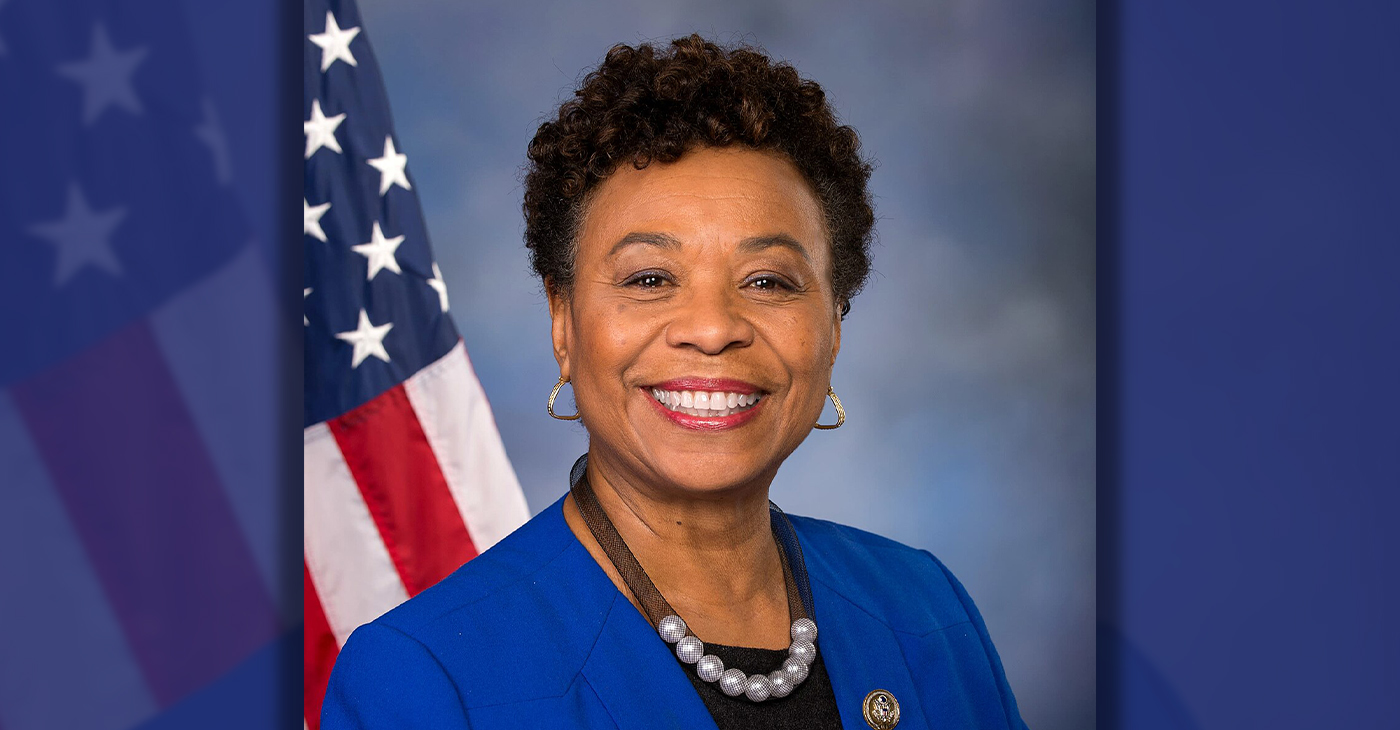
By California Black Media
On April 2, a day after an Israeli airstrike erroneously killed seven employees of World Central Kitchen (WCK), a humanitarian organization delivering aid in the Gaza Strip, a statement was release by Rep. Barbara Lee (D-CA-12).
“This is a devastating and avoidable tragedy. My prayers go to the families and loved ones of the selfless members of the World Central Kitchen team whose lives were lost,” said Lee.
The same day, it was confirmed by the organization that the humanitarian aid volunteers were killed in a strike carried out by Israel Defense Forces (IDF). Prior to the incident, members of the team had been travelling in two armored vehicles marked with the WCF logo and they had been coordinating their movements with the IDF. The group had successfully delivered 10 tons of humanitarian food in a deconflicted zone when its convoy was struck.
“This is not only an attack against WCK. This is an attack on humanitarian organizations showing up in the direst situations where food is being used as a weapon of war. This is unforgivable,” said Erin Gore, chief executive officer of World Central Kitchen.
The seven victims included a U.S. citizen as well as others from Australia, Poland, the United Kingdom, Canada, and Palestine.
Lee has been a vocal advocate for a ceasefire in Gaza and has supported actions by President Joe Biden to airdrop humanitarian aid in the area.
“Far too many civilians have lost their lives as a result of Benjamin Netanyahu’s reprehensible military offensive. The U.S. must join with our allies and demand an immediate, permanent ceasefire – it’s long overdue,” Lee said.
Commentary
Commentary: Republican Votes Are Threatening American Democracy
In many ways, it was great that the Iowa Caucuses were on the same day as Martin Luther King Jr. Day. We needed to know the blunt truth. The takeaway message after the Iowa Caucuses where Donald Trump finished more than 30 points in front of Florida Gov. De Santis and former South Carolina Governor Nikki Haley boils down to this: Our democracy is threatened, for real.
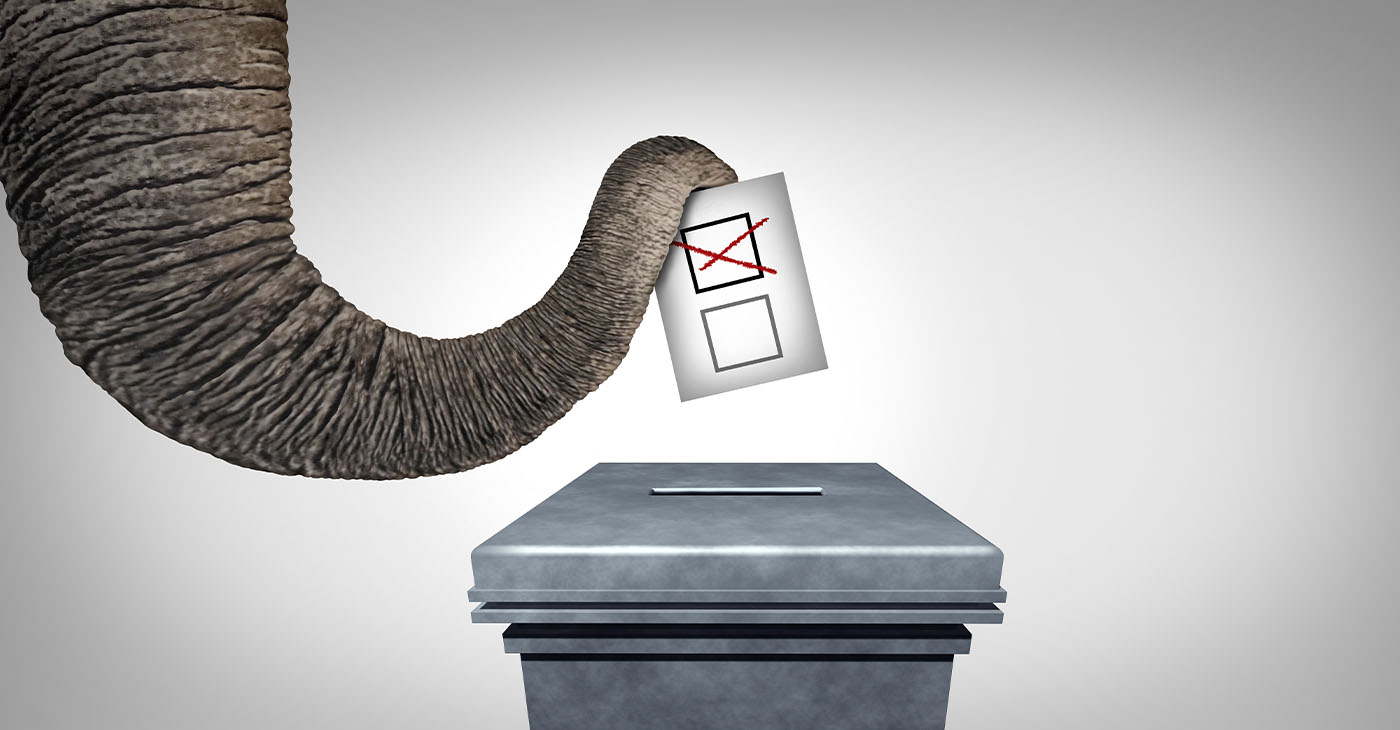
By Emil Guillermo
In many ways, it was great that the Iowa Caucuses were on the same day as Martin Luther King Jr. Day.
We needed to know the blunt truth.
The takeaway message after the Iowa Caucuses where Donald Trump finished more than 30 points in front of Florida Gov. De Santis and former South Carolina Governor Nikki Haley boils down to this: Our democracy is threatened, for real.
And to save it will require all hands on deck.
It was strange for Iowans to caucus on MLK day. It had a self-cancelling effect. The day that honored America’s civil rights and anti-discrimination hero was negated by evening.
That’s when one of the least diverse states in the nation let the world know that white Americans absolutely love Donald Trump. No ifs, ands or buts.
No man is above the law? To the majority of his supporters, it seems Trump is.
It’s an anti-democracy loyalty that has spread like a political virus.
No matter what he does, Trump’s their guy. Trump received 51% of caucus-goers votes to beat Florida Gov. Ron DeSantis, who garnered 21.2%, and former South Carolina Gov. Nikki Haley, who got 19.1%.
The Asian flash in the pan Vivek Ramaswamy finished way behind and dropped out. Perhaps to get in the VP line. Don’t count on it.
According to CNN’s entrance polls, when caucus-goers were asked if they were a part of the “MAGA movement,” nearly half — 46% — said yes. More revealing: “Do you think Biden legitimately won in 2020?”
Only 29% said “yes.”
That means an overwhelming 66% said “no,” thus showing the deep roots in Iowa of the “Big Lie,” the belief in a falsehood that Trump was a victim of election theft.
Even more revealing and posing a direct threat to our democracy was the question of whether Trump was fit for the presidency, even if convicted of a crime.
Sixty-five percent said “yes.”
Who says that about anyone of color indicted on 91 criminal felony counts?
Would a BIPOC executive found liable for business fraud in civil court be given a pass?
How about a BIPOC person found liable for sexual assault?
Iowans have debased the phrase, “no man is above the law.” It’s a mindset that would vote in an American dictatorship.
Compare Iowa with voters in Asia last weekend. Taiwan rejected threats from authoritarian Beijing and elected pro-democracy Taiwanese vice president Lai Ching-te as its new president.
Meanwhile, in our country, which supposedly knows a thing or two about democracy, the Iowa caucuses show how Americans feel about authoritarianism.
Some Americans actually like it even more than the Constitution allows.
About the Author
Emil Guillermo is a journalist and commentator. He does a mini-talk show on YouTube.com/@emilamok1.
-
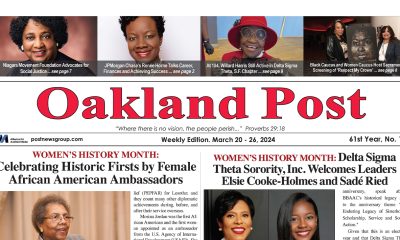
 Activism4 weeks ago
Activism4 weeks agoOakland Post: Week of March 20 – 26, 2024
-
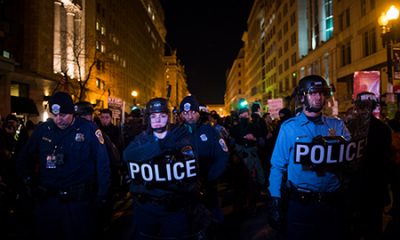
 #NNPA BlackPress3 weeks ago
#NNPA BlackPress3 weeks agoCOMMENTARY: D.C. Crime Bill Fails to Address Root Causes of Violence and Incarceration
-

 #NNPA BlackPress3 weeks ago
#NNPA BlackPress3 weeks agoMayor, City Council President React to May 31 Closing of Birmingham-Southern College
-
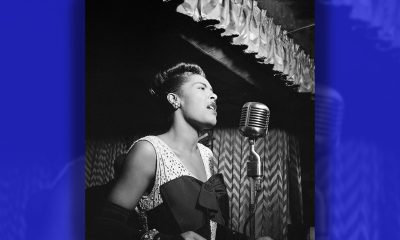
 #NNPA BlackPress3 weeks ago
#NNPA BlackPress3 weeks agoCOMMENTARY: Lady Day and The Lights!
-

 #NNPA BlackPress3 weeks ago
#NNPA BlackPress3 weeks agoFrom Raids to Revelations: The Dark Turn in Sean ‘Diddy’ Combs’ Saga
-

 #NNPA BlackPress3 weeks ago
#NNPA BlackPress3 weeks agoBaltimore Key Bridge Catastrophe: A City’s Heartbreak and a Nation’s Alarm
-

 #NNPA BlackPress3 weeks ago
#NNPA BlackPress3 weeks agoBaltimore’s Key Bridge Struck by Ship, Collapses into Water
-

 Activism3 weeks ago
Activism3 weeks agoOakland Post: Week of March 27 – April 2, 2024
















































